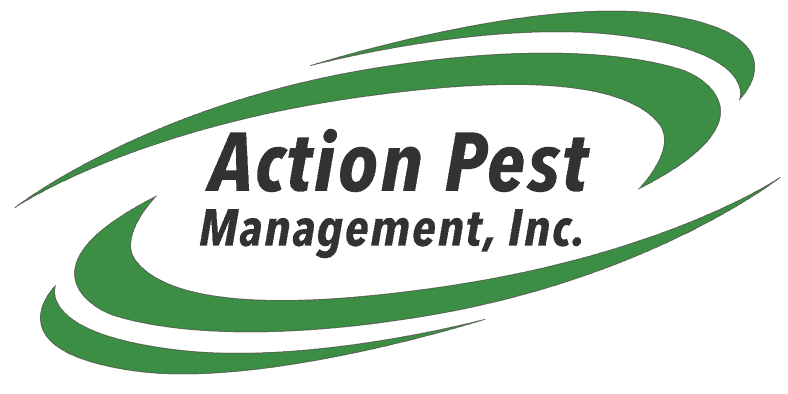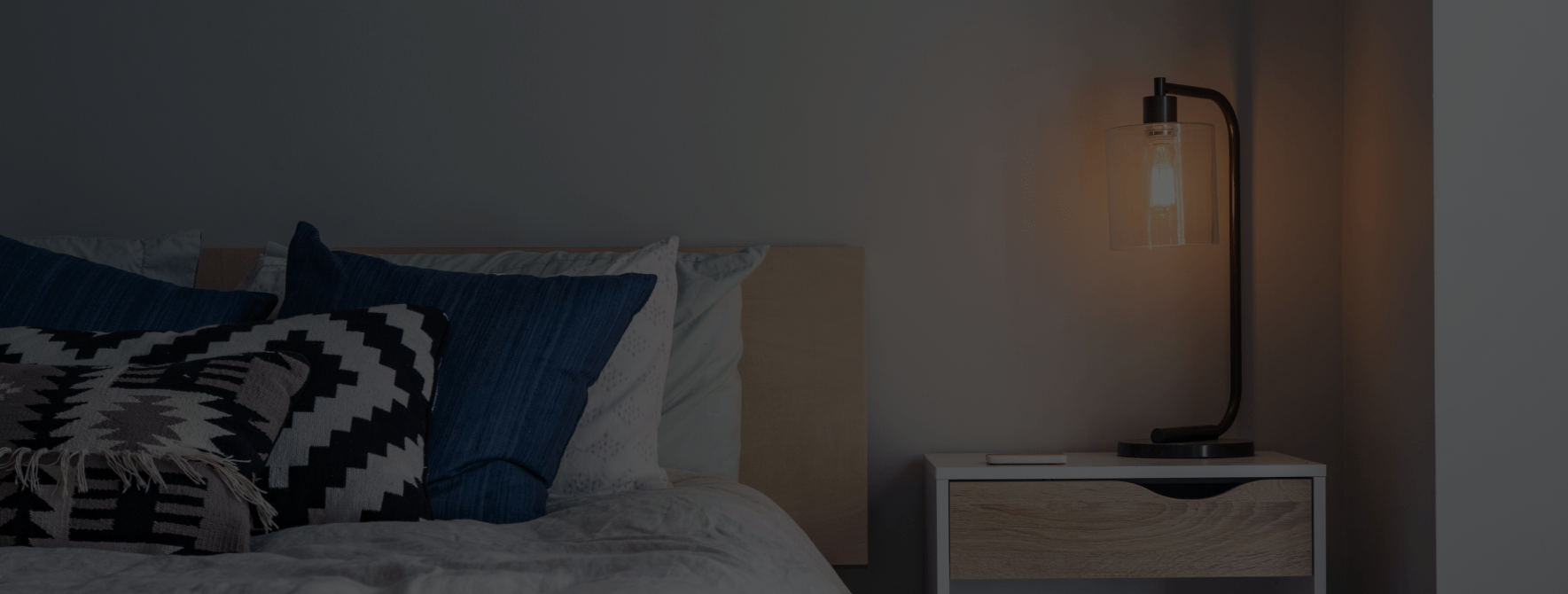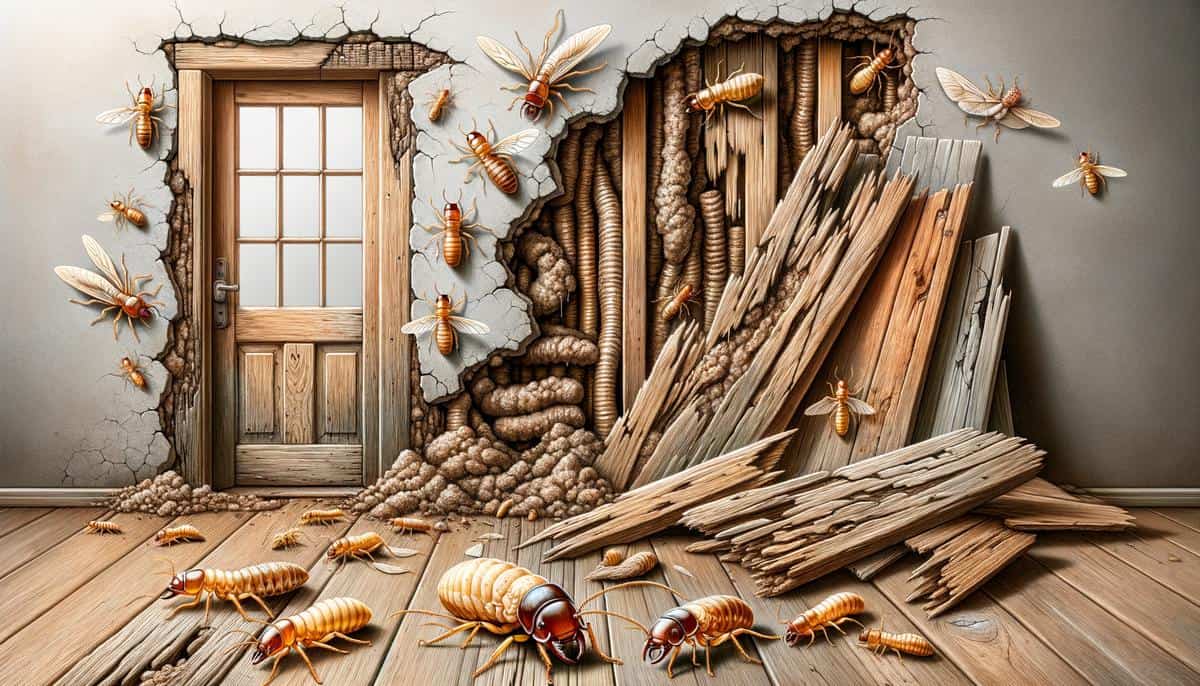
25 Mar Detecting Termites in Your Home
Identifying Termite Signs
How to Spot Potential Termite Activity in Your Home
Suspecting termites in your home? Detecting their activity early can prevent significant damage to your property. Here’s a guide to identifying signs of termites:
- Stuck Doors or Windows: If your doors or windows are suddenly hard to open or close, termites could be eating away at the frames, causing them to warp.
- Inspect Paint and Wallpaper: Tiny pinholes or an uneven appearance can indicate termites behind the scenes. They often eat cardboard and paneling under the surface.
- Watch for Swarmers & Discarded Wings: Termite swarmers are the colonizers looking for new territories. If you spot these winged termites inside your house or discarded wings near windows and doors, it’s a warning sign. They resemble flying ants but have straighter bodies and equally-sized wings.1
- Check for Mud Tubes: These tiny tunnels adhere to your home’s exterior, typically where the ground meets your walls. Termites build these pathways to move safely to their food sources. Break a piece of a tube away, then check back later to see if it’s been repaired – that’s active termites at work.
- Termite Droppings: Especially with drywood termites, droppings (or frass) look like sawdust or wood shavings. This can be an indicator of termite presence.2
Inspecting your home for these signs can help catch termites early, preventing costly repairs. When in doubt, contacting a pest control professional can provide guidance and a clear course of action. Keep your home safe from termites with some attention and action.
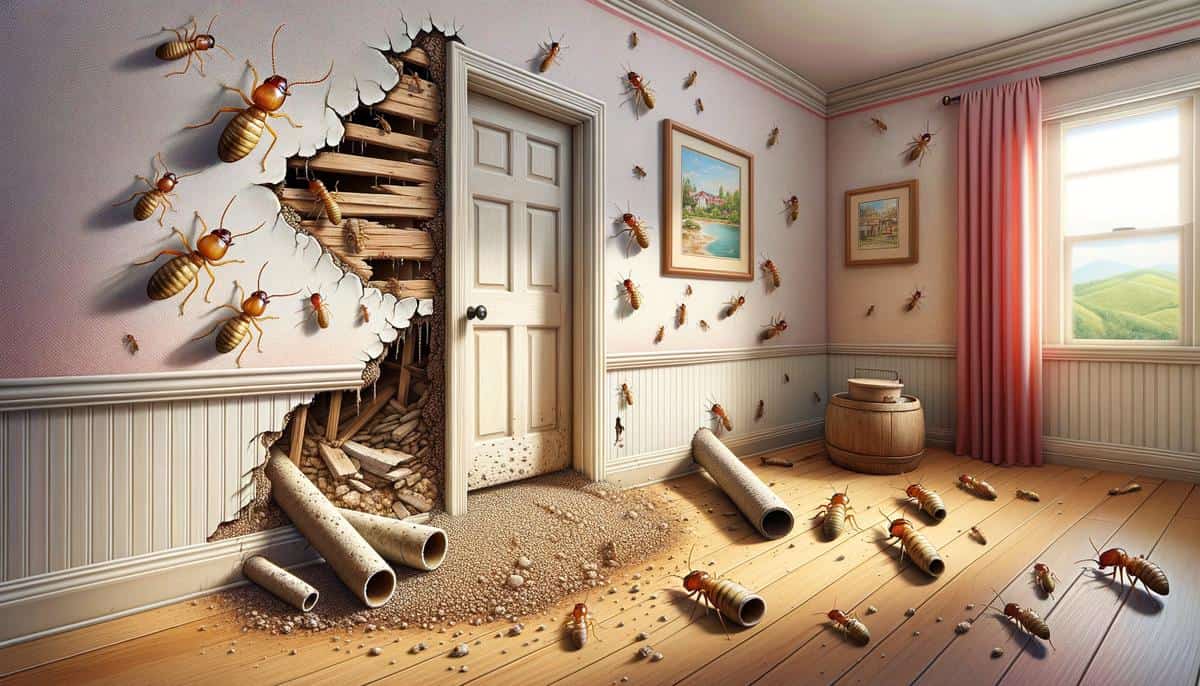
Understanding Termite Behavior
Understanding Termites: Unique Behaviors that Set Them Apart
Termites are often mistaken for other household pests, leading many homeowners to overlook the early signs of an infestation. Recognizing the unique behaviors of termites is important in identifying and addressing a problem before it becomes severe.
One distinct behavior of termites is their method of consumption. Termites primarily feed on wood, targeting the cellulose. Unlike other pests that may create visible damage on the surface, termites work from the inside out, making their presence harder to detect. As they consume wood, they create tunnel systems within, leaving the outer layer intact for as long as possible.3 This behavior allows them to cause structural damage without immediate detection.
Termites also live in organized colonies that can range in size from a few thousand to several million individuals. These colonies are structured into a caste system, including workers, soldiers, and reproductive termites known as swarmers. Each group plays a role in the colony’s survival. The presence of swarmers in or around your home is a sign of a nearby termite colony looking to establish or expand its territory.
Mud tubes are another key indicator of termite activity. These pencil-sized tubes are constructed from soil, wood particles, and termite saliva, creating a moisture-rich environment for termites to thrive in while shielding them from predators and the elements. These tubes are commonly found near the foundation of homes and are a direct sign of subterranean termite activity.
Sounds can also indicate termite presence. When a large colony is actively feeding, a quiet clicking sound can sometimes be heard within the walls. This sound is produced by soldier termites tapping their heads against the wood or by the chewing activity of worker termites.
Termites are drawn to areas with high moisture levels. Leaking pipes, water-damaged wood, and humidity can attract them to a home. Maintaining a dry and well-ventilated environment helps deter infestations.4
By recognizing these behaviors, homeowners can become more proactive in monitoring their properties for early signs of infestation. Understanding their habits is a crucial step in preventing termites from causing irreparable damage to your home. Keep an eye out for hidden damages, listen for unexplained sounds within your walls, and monitor for mud tubes and swarmers around your property.
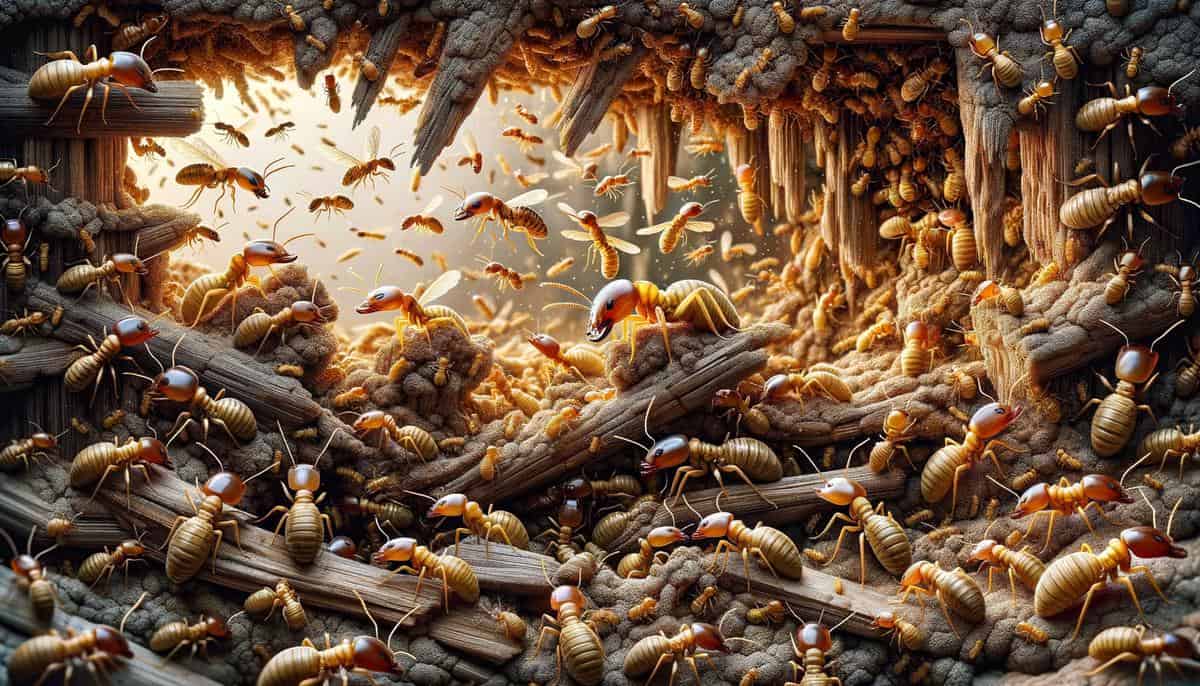
Professional Termite Inspection
When to Call a Professional for Termite Inspection
When managing your home, being aware of unwanted guests like termites is important for maintaining its integrity and safety. Termites often evade detection until the damage is significant, making early intervention from professionals a wise decision. Understanding the ideal timing for a professional termite inspection can save you from potential headaches and costly repairs.
- After Finding Evidence of Damage: If you’ve noticed unexplained damage within your home, such as holes in drywall, damaged or hollow-sounding wood, or buckling floors, it’s time to call a professional. Termites eat wood from the inside out, sometimes leaving only a thin veneer on the outside. This damage often resembles water damage, making it misleading to untrained eyes.
- When Purchasing a Home: To ensure you’re not taking on hidden problems, have a professional termite inspection before finalizing your purchase. This inspection is important even if no immediate signs of termite activity are apparent.
- Seeing Swarms Near Your Property: Termite swarms are an indicator of a mature colony nearby. If you witness a swarm closer to your home, it’s indicative of a potential termite problem within your property or near its foundation. A professional can assess the extent of the colony and advise accordingly.
- Seasonal Inspections for High-Risk Areas: If you reside in an area prone to termite infestations, aim for annual or semi-annual professional inspections.5 These regular check-ups serve as a proactive measure, detecting early signs of termite activity before substantial damage occurs.
- Following Neighbor Infestations: If your neighbors report termite activity, have your home inspected as well. Termites can travel considerable distances underground, meaning your home could be at risk too.
- Bubbling Paint or Wallpaper: Bubbling or peeling paint and wallpaper can signify termite activities beneath the surface. Invite a professional to inspect these anomalies and confirm if termites are the cause.
- Difficulty Opening or Closing Windows and Doors: Wood distortion not attributed to seasonal changes or humidity should raise concerns. If windows and doors not fitting properly is a recent occurrence, it signifies termite damage within the frames requiring professional intervention.
A termite inspection by an experienced pest control professional is straightforward yet important for maintaining your home’s safety and value. Being aware of the signs and knowing when to seek professional help could save you from unforeseen expenses and ensure your home remains strong and secure.

- Rust MK, Su NY. Managing social insects of urban importance. Annu Rev Entomol. 2012;57:355-375.
- Vargo EL, Husseneder C. Biology of subterranean termites: insights from molecular studies of Reticulitermes and Coptotermes. Annu Rev Entomol. 2009;54:379-403.
- Chouvenc T, Su NY, Grace JK. Fifty years of attempted biological control of termites – Analysis of a failure. Biol Control. 2011;59(2):69-82.
- Korb J. Termite mound architecture, from function to construction. In: Bignell DE, Roisin Y, Lo N, eds. Biology of Termites: a Modern Synthesis. Dordrecht: Springer Netherlands; 2010:349-373.
- Kakkar G, Su NY. Molting drives mortality in foraging populations of Formosan subterranean termites (Isoptera: Rhinotermitidae) baited with a chitin synthesis inhibitor, noviflumuron. Pest Manag Sci. 2018;74(1):219-224.
